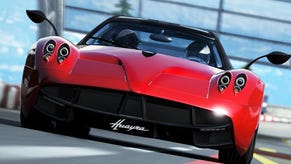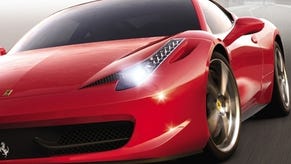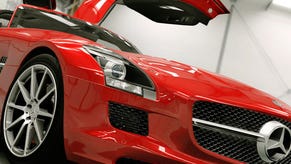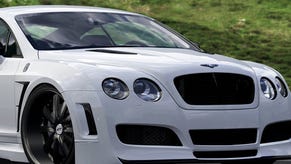Tech Analysis: Forza Motorsport 4
Including a comparison with GT5 2.0.
Turn 10 is back and Forza Motorsport is better than ever before - bigger, newer, shinier and with a whole host of technical achievements to enjoy both in terms of the visuals and the core driving simulation.
Upon first loading up the game, you may be forgiven for thinking that little has changed from 2009's Forza Motorsport 3. The revelatory boost in the quality of the car models and environments between the last two games simply couldn't be replicated to anything like the same scale - and we're probably right in thinking that the new game shares much with its predecessor in terms of environments and existing car models. The Xbox 360 is now a mature platform, developers are highly familiar with the architecture and it's safe to say that generational leaps in quality are no longer possible.
However, the iterative improvements Turn 10 has made to its engine are hugely impressive nonetheless. From a rendering perspective, the game still operates at native 720p, but the locked 2x multi-sample anti-aliasing of the previous Forza titles has been altered to allow for an improved 4x MSAA implementation which we think is tied into the game mode selected: time-trial gives better edge-smoothing, while the more processing intensive race modes seem to be using the same 2x solution.
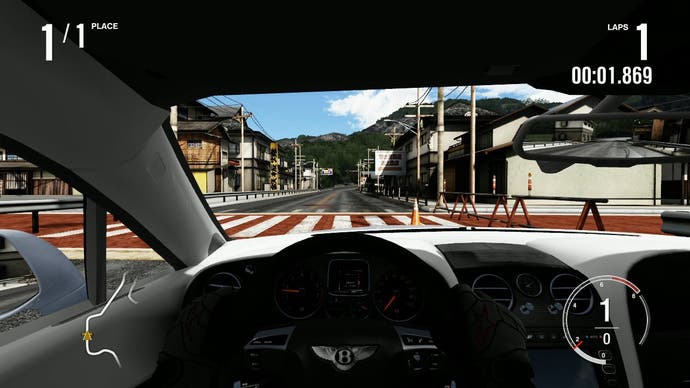

While we would have loved a locked 4x in all game modes, the chances are that the processing cycles simply weren't there to spare. In single-player we've seen up to 12 cars being supported so far, while online moves that up to 16. There are also further modes available such as the Track Day, which dynamically generates new cars and allocates them around the track, effectively giving you an "unlimited" amount of rivals to pass. Whichever way you slice it, that's a substantial improvement over the eight cars supported in the last game.
There are no major surprises from Forza 4 in terms of the performance - Turn 10 has always targeted a locked 60 frames per second with v-sync engaged, and the new game is no exception to the rule. Below, in our first 60FPS streaming video, we demonstrate a selected montage of action from six different races. The idea here is to give the in-game engine a bit of a workout by switching between views, causing a few crashes and seeing if anything at all will cause that frame-rate to take a hit.
The performance profile is identical to Forza Motorsport 3. Remarkably, the engine does not drop a single frame during general gameplay and never loses v-sync, meaning that there is absolutely no tearing whatsoever. The only time 60FPS is ever compromised is when the player switches cameras: there's the small chance that you'll drop a frame - a singular frame, invisible to the human eye.
For Turn 10 to have achieved this level of fidelity in its graphics, physics and AI and for it to consistently meet that 16.66ms rendering budget is a milestone of engineering on the Xbox 360 platform. For it to be achieved with a significant boost in the amount of cars being simulated is phenomenal.
However it is clear that the developers needed to compromise in certain areas in order to make this all possible. In last week's Rage Face-Off we saw how id software dynamically dropped horizontal resolution on both platforms in order to maintain a pretty solid 60FPS. Turn 10 also appear to be employing a load balancing mechanism which is a touch more subtle: while gameplay operates with a locked 60Hz update, rear view mirrors and reflections on the car are decoupled from the main renderer and refresh at arbitrary frame-rates: dropping to 30 frames per second if things are really being pushed.
These are worthwhile, if occasionally distracting compromises and it illustrates that the developers are perhaps finally reaching the limits of what it can do from a technical perspective on the Xbox 360. Bearing in mind that the engine is now capable of handling twice as many cars as it did in the last game in combination with the new lighting, it is easily forgivable.
There are some other changes too, specifically in terms of environmental detail: while all of tracks from Forza 3 (bar two) have made their way across to the new game, the team have taken the opportunity to "remix" the circuits slightly. Detail appears to have been removed in some places, and added in others. You can't help but wonder whether this had something to do with the optimisation effort.
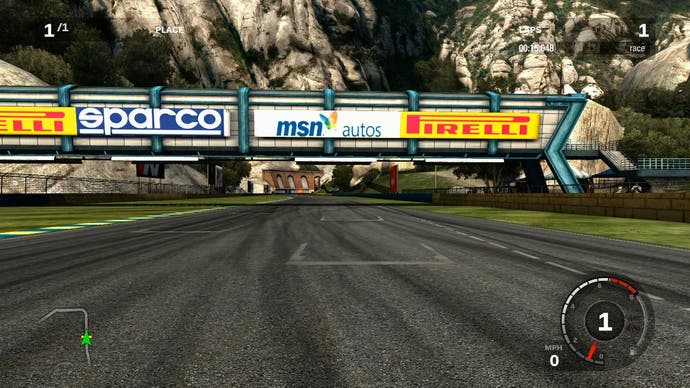
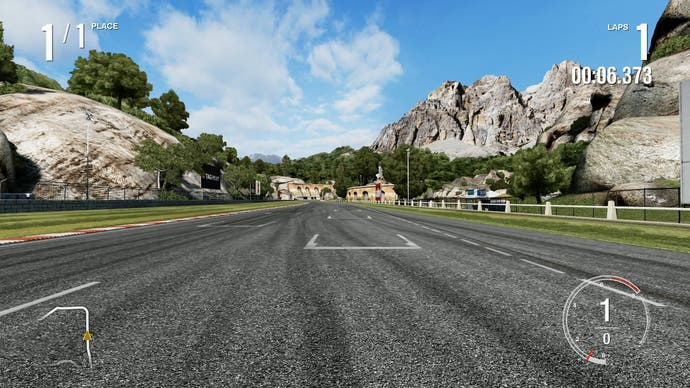


Similar to its predecessor (and indeed, GT5), Turn 10 again opts to cap frame-rate to 30 frames per second in the replays and the extra rendering time gives the developer the ability to pull back on its LODs and allow very high detail artwork to be utilised in real-time. Just like the gameplay, that frame-rate is absolutely rock-solid, and the quality of the presentation is remarkable. Perhaps some higher quality motion blur could have helped to give a smoother look to the visuals, but the overall look of so many cars running at such a high detail level (especially in the "fantasy" environments) does look quite beautiful, and it's as good an excuse as any to check out the enhancements to the lighting system that the developer has introduced with the new game.



